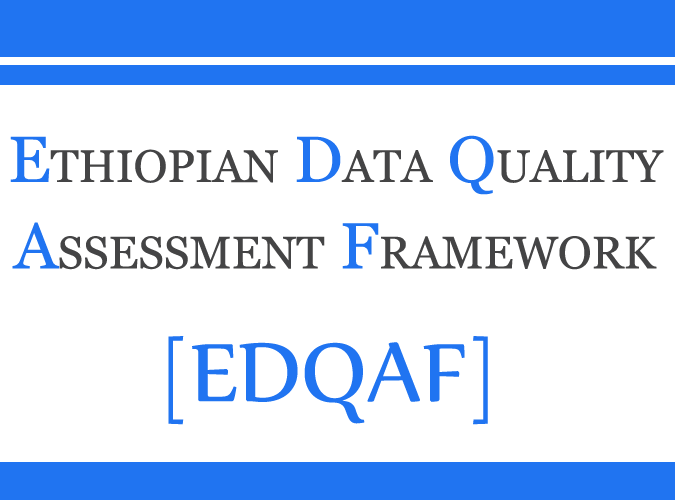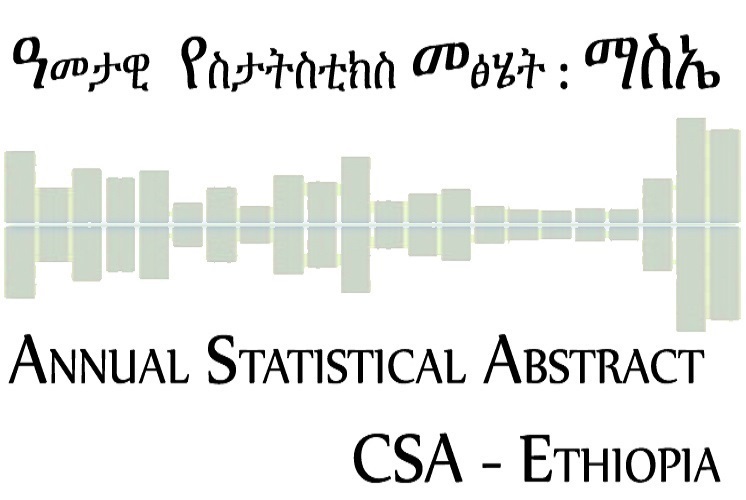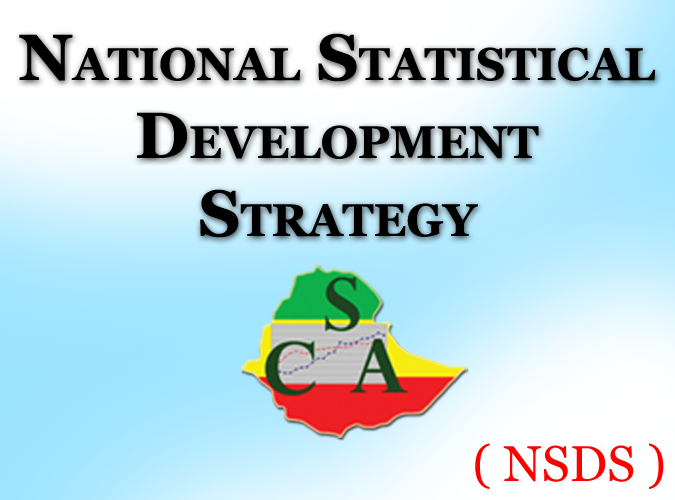Statistical data that reflect the socio-economic and demographic conditions of the residents of a
country are useful for designing and preparation of development plans as well as for monitoring
and evaluation of the impact of the implementation of the development plans. These statistical
data include population size, age, sex, literacy and education, marital status, housing stocks
and conditions ...etc. In order to fill the
gap for these socio-economic and demographic data
need, Ethiopia has conducted its fourth National Population and Housing Census in November, 2010.
The 2010 Population and Housing Census of Ethiopia was conducted under the auspices of the
Population Census Commission that was established by a proclamation No. 449/2010. The
Commission is chaired by the Deputy Prime Minister and the members of the commission were
drawn from various relevant Ministries, Regiona
l states representatives, House of Federation,
National Electoral Board and the Central Statistical Agency, serving as the Office of the Census
Commission (Secretariat). According to the proclamation, the Processing, evaluation and
analyses of the data collected in this census as well as its dissemination are the major
responsibilities of this office. Thus, the Office of the Population Census Commission is pleased
to present the census report entitled “The 2010 Population and Housing Census of Ethiopia approved to be in the digital technology,such as handling mobile(tablet) in order to collect and gather the correct data.and to demonstrate ethiopia wiht the developed countries.
- Inflation Rate for the Month of April 2019 is 12.9%
- National Poverty head count indices in 2010/2011 29.6%
- Rural Poverty head count indices in 2010/2011 30.4%
- Urban Poverty head count indices in 2010/2011 25.7%
- National Poverty head count indices in 2015/2016 23.5%
- Rural Poverty head count indices in 2015/2016 25.6%
- Urban Poverty head count indices in 2015/2016 14.8%
- National income inequality using GINI Coefficient in 2010/11 is 0.298
- Rural income inequality using GINI Coefficient in 2010/11 is 0.27
- Urban income inequality using GINI Coefficient in 2010/11 is 0.37
- National income inequality using GINI Coefficient in 2015/16 is 0.328
- Rural income inequality using GINI Coefficient in 2015/16 is 0.28
- Urban income inequality using GINI Coefficient in 2015/16 is 0.38
- GDP per Capital (in US Dollar) in 1999/00 is 129
- GDP per Capital (in US Dollar) in 2007/08 is 262
- GDP per Capital (in US Dollar) in 2015/16 is 794
- Source:- Ethiopia's Progress Towards Eradicating Poverty: An Interim Report on 2015/16
- Poverty Analysis Study, National Planning Commission, September 2017




